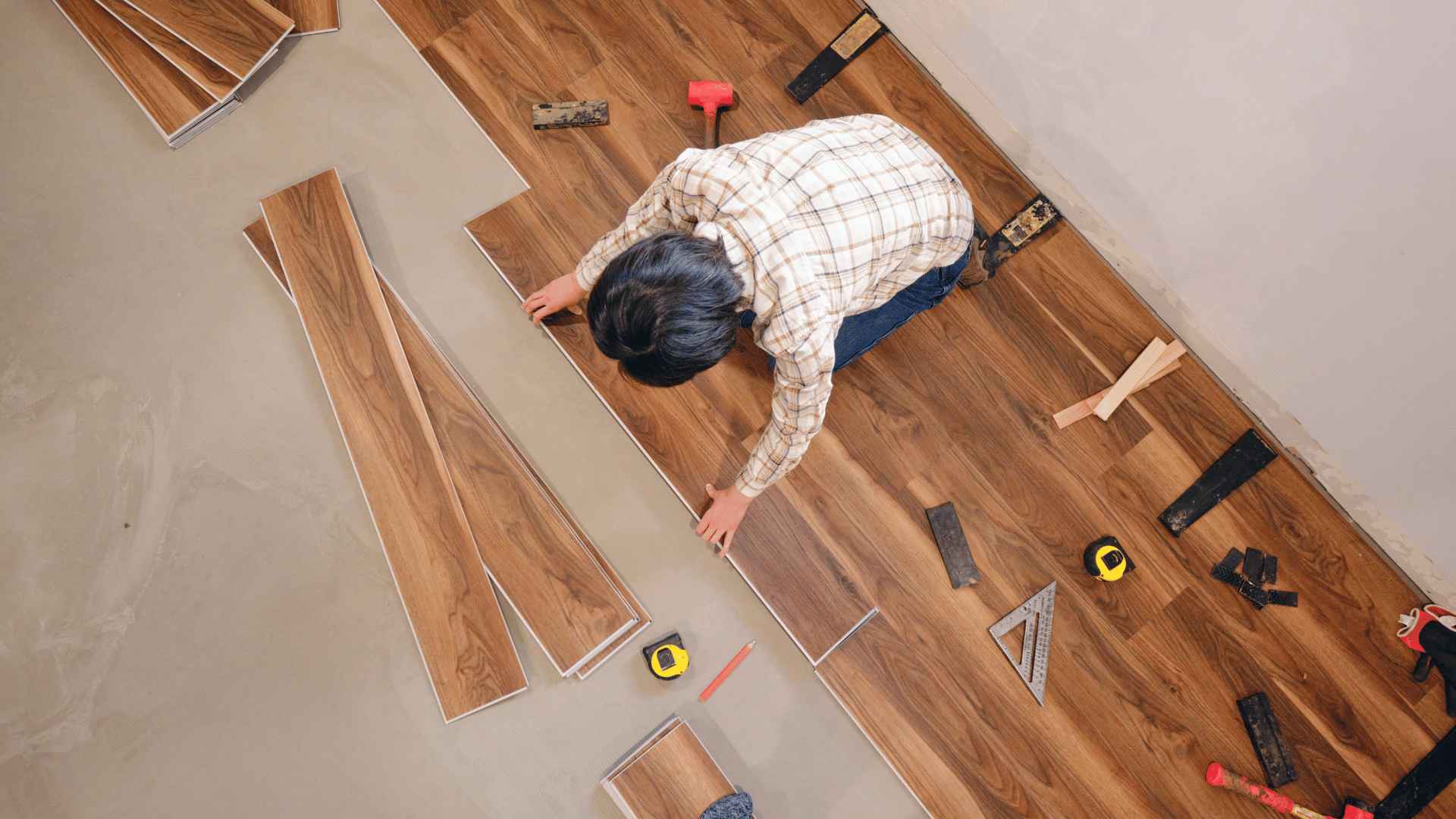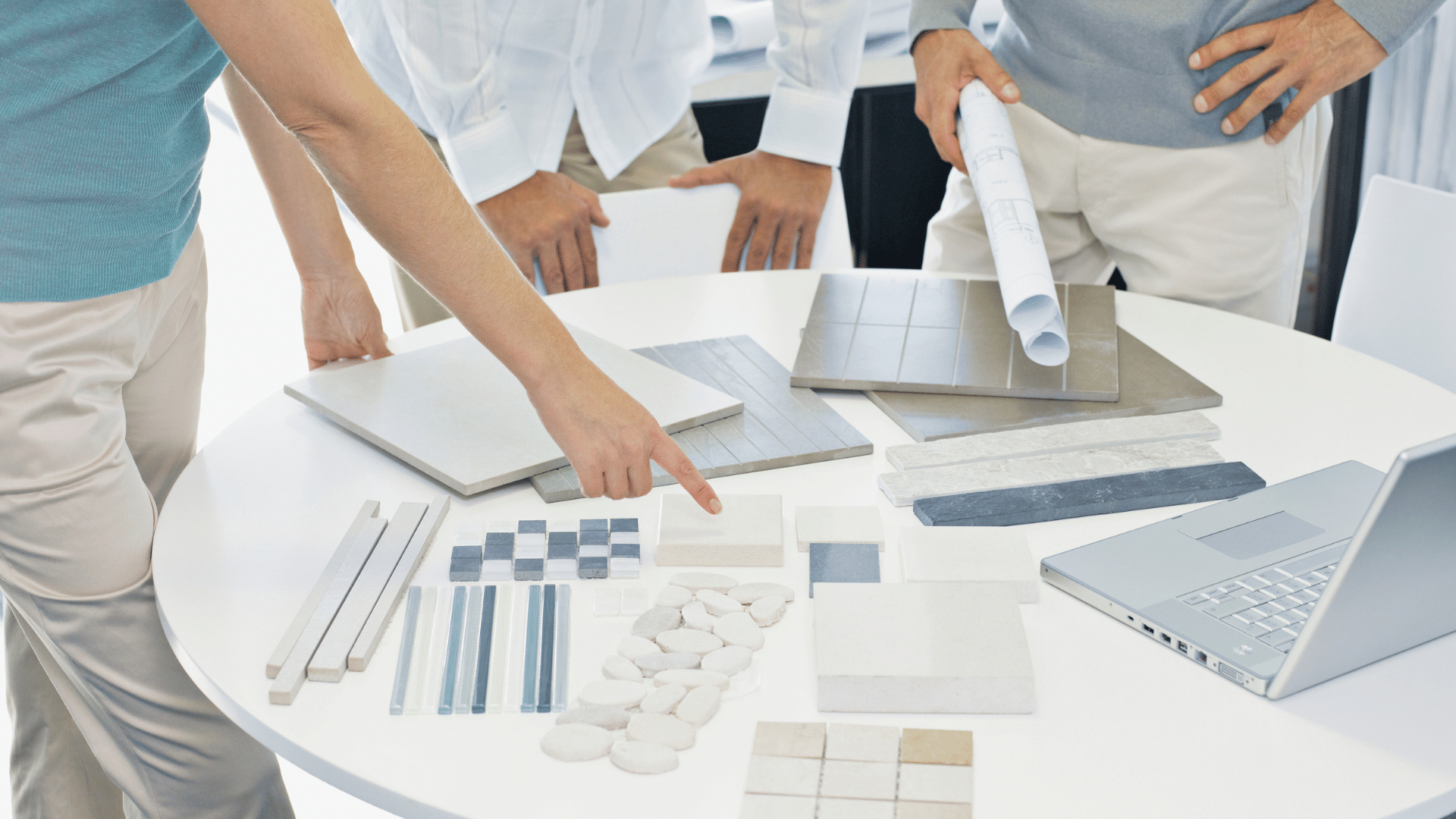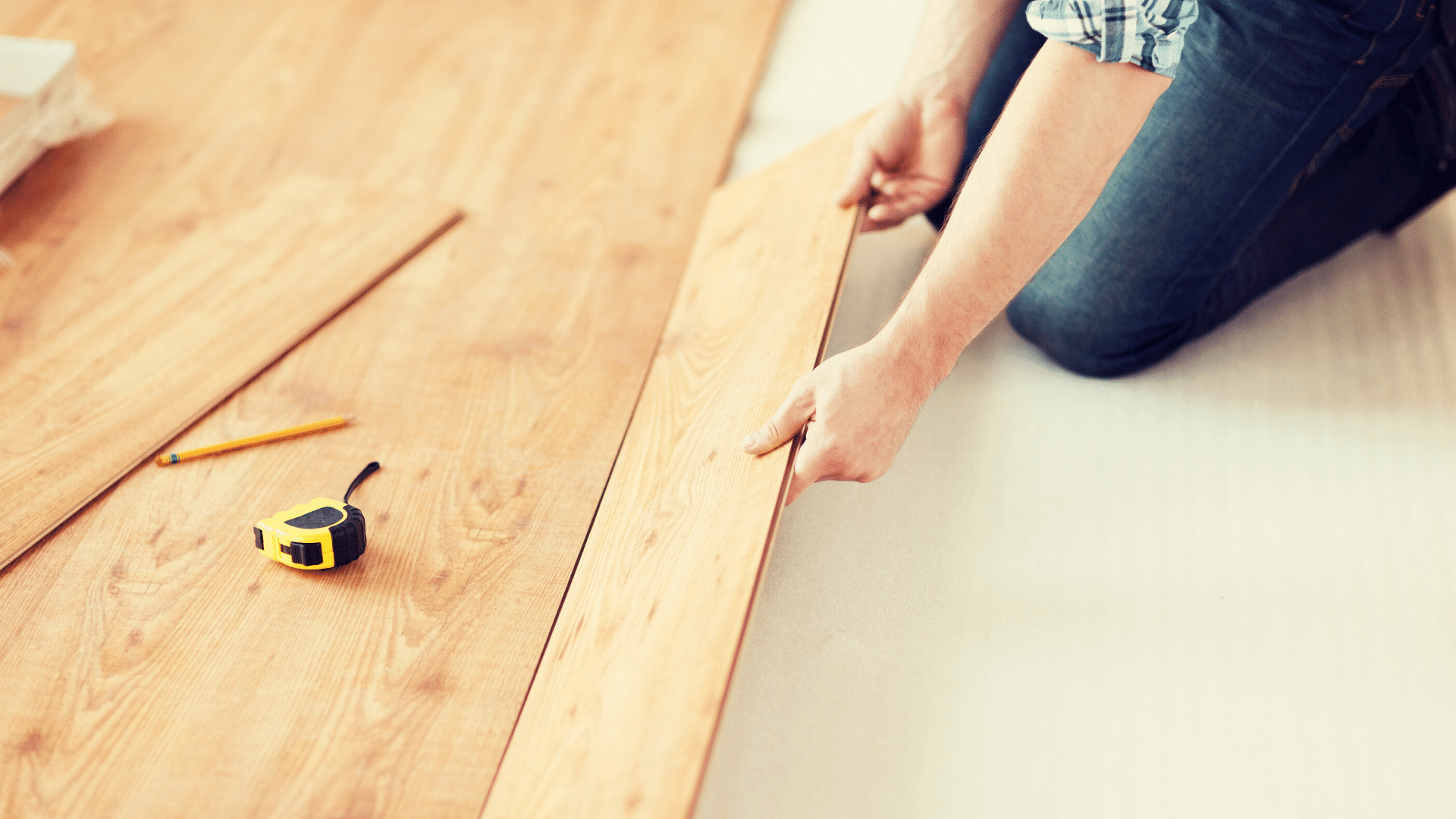The flooring of your home serves as a solid piece of the foundation for your interior design and plays a pivotal role in creating the ambiance you desire. Whether you're looking to bring a fresh look to your living space or enhance its functionality, renovating your flooring can be a transformative endeavor. In this guide, we'll walk you through the process of revitalizing engineered flooring in your living space by exploring when to renovate, identifying your existing flooring type and condition, selecting the perfect flooring material, and delving into various flooring options such as hardwood, vinyl, tiles, and more.
Understanding the Impact of Flooring Renovation
Your home's flooring not only affects the aesthetics but also influences the comfort and functionality of your space. Over time, the wear and tear that flooring endures can lead to a dull appearance, cracks, and reduced durability. Renovating your flooring can breathe new life into your home, making it more visually appealing and safer and increasing its overall value.
When to Renovate Your Flooring
Deciding when to renovate your flooring involves considering a few key factors. High-foot traffic areas, such as entryways, hallways, laundry rooms, and kitchens, tend to experience more wear and tear than tile floors and may require more frequent renovation. Additionally, if your current flooring shows signs of damage, like cracks, stains, or uneven surfaces, it's likely time to invest in a renovation.
Identifying the Existing Flooring Type
There are many different types of flooring, and before you start the renovation, you need to determine what type of flooring you currently have in your home. Common flooring types include:
- Hardwood: Solid wood planks that add warmth and character to a space.
- Laminat: Synthetic material that resembles wood or other surfaces and is often more budget-friendly.
- Carpet: Soft and cozy textile flooring, often used in bedrooms and living areas.
- Vinyl: Resilient flooring that comes in sheets or tiles and can mimic the look of wood, stone, or other materials.
- Tiles: Pieces of material, such as ceramic, porcelain, or natural stone, arranged to create a durable and often decorative surface.
Why It Matters
Identifying the existing flooring type and its condition matters for several reasons:
- Renovation Approach: Different flooring types and conditions require different renovation approaches. For instance, renovating hardwood floors involves sanding and refinishing, while replacing damaged tiles involves removing and replacing individual tiles.
- Materials Selection: The condition of your current flooring can affect the type of new flooring material you choose. For example, if you're replacing carpet that has seen better days, you might opt for a more durable and easy-to-clean option like tiles or hardwood.
- Budget and Timing: The extent of the renovation needed and the materials chosen can impact your budget and the time it takes to complete the project. Knowing the existing condition helps you plan accordingly.
- Potential Challenges: Being aware of any underlying issues can help you anticipate potential challenges during the renovation process and address them effectively.
Assessing Condition
Once you know the type of flooring you have, it's important to assess its current condition. This involves looking at vinyl floors for signs of wear, damage, or deterioration. Consider the following:
- Cracks or Chips: Are there cracks, chips, or areas where the flooring material has broken?
- Stains or Discoloration: Are there stubborn stains or areas where the color has faded?
- Warping or Unevenness: Is the surface uneven, warped, or buckled?
- Wear in High-Traffic Areas: Are there areas that show more wear due to heavy foot traffic?
- Moisture Damage: Is there any indication of water damage, like warping or mold growth?
- Lifting or Loose Pieces: Are any tiles or planks loose or lifting from the subfloor?
Floor Tile Renovation: Transforming Your Space
When it comes to renovating concrete flooring with tiles, a few steps can help you achieve remarkable results. Start by clearing the area and removing any furniture. Carefully pry up the old tiles, being cautious not to damage the underlying surface. Prepare the substrate by cleaning and leveling it. Then, apply a thin layer of mortar and carefully place the new tiles, ensuring proper spacing. After the mortar dries, apply grout to the spaces between the tiles, and finish by cleaning off any excess grout.
Best Types of Flooring
Solid Wood Flooring or Hardwood Flooring
Pros: Timeless, elegant appearance; durable and can last for decades; wood floors can be refinished multiple times; adds value to your home.
Cons: More susceptible to water damage; can be more expensive upfront.
Ideal For: Living rooms, dining rooms, and bedrooms.
Vinyl Flooring
- Pros: Wide variety of styles and patterns; moisture-resistant and easy to clean; budget-friendly; comfortable underfoot.
- Cons: May not have the same premium feel as hardwood or tiles.
- Ideal For: Kitchens, bathrooms, basements, and high-traffic areas.
Tiles (Ceramic, Porcelain, Natural Stone)
- Pros: Durable and long-lasting; available in various sizes, colors, and patterns; moisture-resistant; easy to clean.
- Cons: Cold and hard underfoot; installation can be more complex.
- Ideal For: Kitchens, bathrooms, and entryways.
Laminate Flooring
- Pros: Affordable alternative to hardwood; scratch-resistant; easy installation; available in various designs.
- Cons: Can't be refinished like hardwood; not as durable as some other materials.
- Ideal For: Living rooms, bedrooms, home offices.
Carpet Flooring
- Pros: Soft and comfortable underfoot; provides insulation and sound absorption; wide range of colors and textures.
- Cons: Prone to stains and wear; may trap allergens.
- Ideal For: Bedrooms, living rooms, and areas where comfort is a priority.
Making the Final Choice
When making the final decision on which of the types of flooring you find most suitable, it's essential to strike a balance between your preferences and the practical considerations for each room. For example, you might opt for the luxurious warmth of hardwood in your living room but choose moisture-resistant tiles for your bathroom. Don't hesitate to consult with flooring professionals who can provide expert advice based on your needs and budget.
Remember that flooring is an investment in the long-term beauty and functionality of your home. By carefully using flooring materials and evaluating your lifestyle, room requirements, and aesthetic preferences, you can choose the perfect flooring material that will enhance your living space for years to come.






